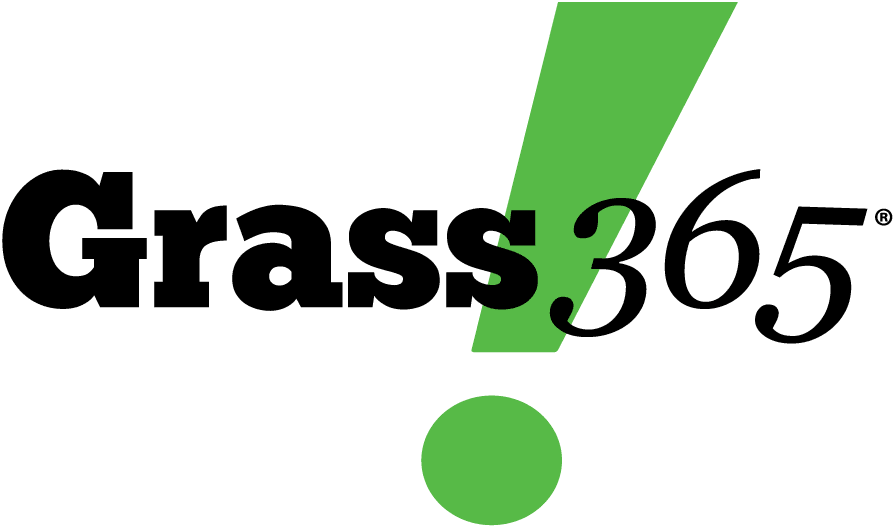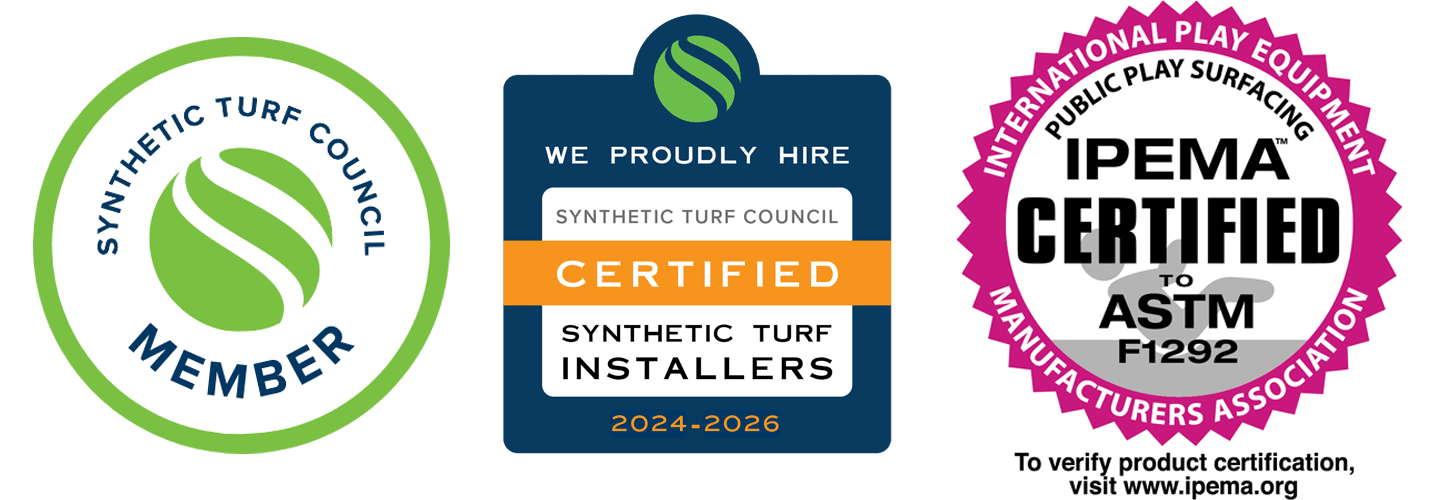Frequently Asked Questions:
We’ve compiled some commonly asked questions to provide more information about synthetic grass and Grass365.
General FAQs
Synthetic grass is known by various names, including synthetic turf, synthetic lawn, artificial turf, artificial lawn, astroturf, and even fake grass. While its construction resembles carpet, following a similar manufacturing method, it’s important to note that high-quality synthetic grass is far superior and distinct from outdoor carpets.
Contemporary synthetic grass consists primarily of two components: the fibers and the backing. The fibers mimic natural grass blades, while the backing secures these fibers. Additionally, there’s a third critical element known as infill, typically made of sand or treated sand. This infill adds the necessary weight and protection to the synthetic grass, ensuring stability and maintaining the upright position of the grass blades.
Attempting DIY synthetic grass installation without the right tools, equipment, expertise, and time might not be advisable. Opting for a professional installation service like Grass365 ensures that the job is done correctly from the start. Incorrect installation is a leading cause of synthetic grass issues, so entrusting the task to a professional is wiser.
Synthetic grass offers the advantage of requiring far less maintenance than natural grass. During autumn, it’s important to clear leaves from the synthetic grass surface using a leaf blower instead of a rake, as raking can break down leaves, creating organic debris that encourages weed growth. Additionally, occasional “brushing up” of synthetic grass may be needed, particularly after a harsh winter or if the yard is frequently used for sports and athletics. For the most part, Synthetic grass is maintenance-free.
For the best appearance and lifespan, regularly perform these easy synthetic grass maintenance tasks:
- Use of Maintenance Equipment
Maintain the cleanliness of synthetic grass by regularly removing debris and dirt. Utilize maintenance tools specifically designed for synthetic grass, leaf blower, power broom, or brush. Employ a maintenance brush with at least five inches long, extremely stiff bristles for optimal cleaning results. - Hose off the Surface
Spray down synthetic grass with a hose, as necessary, to remove dust. Regular hosing cleans the grass and helps preserve its luster, ensuring it always looks its best. - Pick Up Pet Waste
Synthetic lawns are typically crafted from anti-microbial materials, enhancing safety for families and pets. In regions with limited rainfall, it’s advisable to hose down the synthetic grass regularly to remove urine and prevent potential staining. Prompt removal of solid waste is also crucial to reduce lingering odors and prevent stains, maintaining the aesthetic appeal of the lawn. - A Little Maintenance Goes a Long Way.
Grass365 specializes in installing synthetic grass dog areas, ensuring extra care around the perimeter to prevent dogs from lifting the synthetic grass edges. Synthetic grass offers the advantage of being resistant to staining from urine or feces, unlike natural grass. When using anti-microbial additives to the infill, concerns about odors and hygiene are significantly reduced, especially if the area is periodically exposed to rain or rinsed with a hose.
The Grass365 installation process begins with precisely measuring the area to determine the required amount of synthetic grass. Next, we meticulously clear the installation site of all vegetation and debris. Our skilled team will prepare the space thoroughly before laying out the synthetic grass and adding the infill. Finally, we focus on the finishing touches and conduct a thorough inspection to guarantee the highest quality of the installed synthetic grass.


